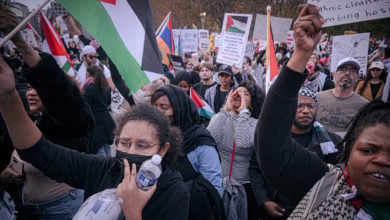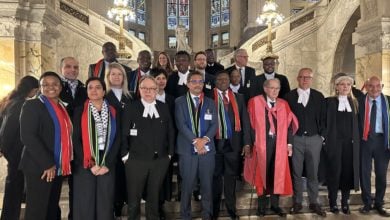On May 23, President Barack Obama announced new rules for using armed drones with the supposed intention of reducing civilian casualties. But in the months since, drone attacks abroad have become more deadly, killing more people per strike. On Dec. 12, a U.S. drone bombed a procession of vehicles in Radda, Yemen, killing 17 people and injuring over 20 more. Yemen’s U.S.-backed President Abd Rabbuh Mansur Hadi acknowledges that the majority of the dead were civilians, but maintains the strike was legal and justified.
Drone strikes are nothing new in Yemen, with 29 strikes on the Yemeni people this year alone, resulting in the death of at least 57 civilians. Since Obama’s speech about a more “humanitarian” approach to drone bombing, Congress has been briefed by the CIA about children killed in Yemen by drone bombs. A drone bombing on September 2, 2012, also in Radda, killed 12 people, mostly women and children, as they drove home from a market in a mini-van. On November 26, 12 more people were killed in Abyan province, but the victims of that attack were dismissed by the western press as “probable al Qaida militants.” In this most recent attack, the victims were in a procession of vehicles traveling to a wedding. Burning body parts of men, women, and children littered the streets of the communities where they had lived.
After the attack, Hadi tried to justify the slaughter by saying one of the vehicles destroyed “belonged to one of the leaders of Al-Qaeda.” In response, the people of Radda held protests for two days after the massacre, blocking the road between Radda and the capital, Sanaa. “If the government fails to stop American planes from… bombing the people of Yemen, then it has no rule over us,” said tribal chief Ahmad al-Salmani.
In response to the militancy of the people of Radda, the Yemeni parliament voted nearly unanimously on Dec. 15 to demand an end to U.S. drone strikes. Hadi, however, is not legally required to heed the decision of the parliament.
The justification for U.S. drone bombings is that they kill “probable militants.” But as U.S. officials acknowledge, the only thing that defines a “probably militant” in Yemen is that they are men carrying rifles in a part of the world where rifles are commonplace. And what gives the United States the right to summarily assassinate-by-drone anybody, militant or not, in Yemen or elsewhere?
The racist characterization of people in the Muslim world as “probable terrorists” is mirrored in this country by police practices such as” stop-and-frisk,” which racially profile young men of color as “probable criminals.” The fact that police forces in this country are currently developing drone technology to monitor and perhaps attack oppressed communities should serve as a reminder that all revolutionaries and progressives should oppose the use of drones at home and around the world.
Click here and here to read more about Yemen in Liberation News.






